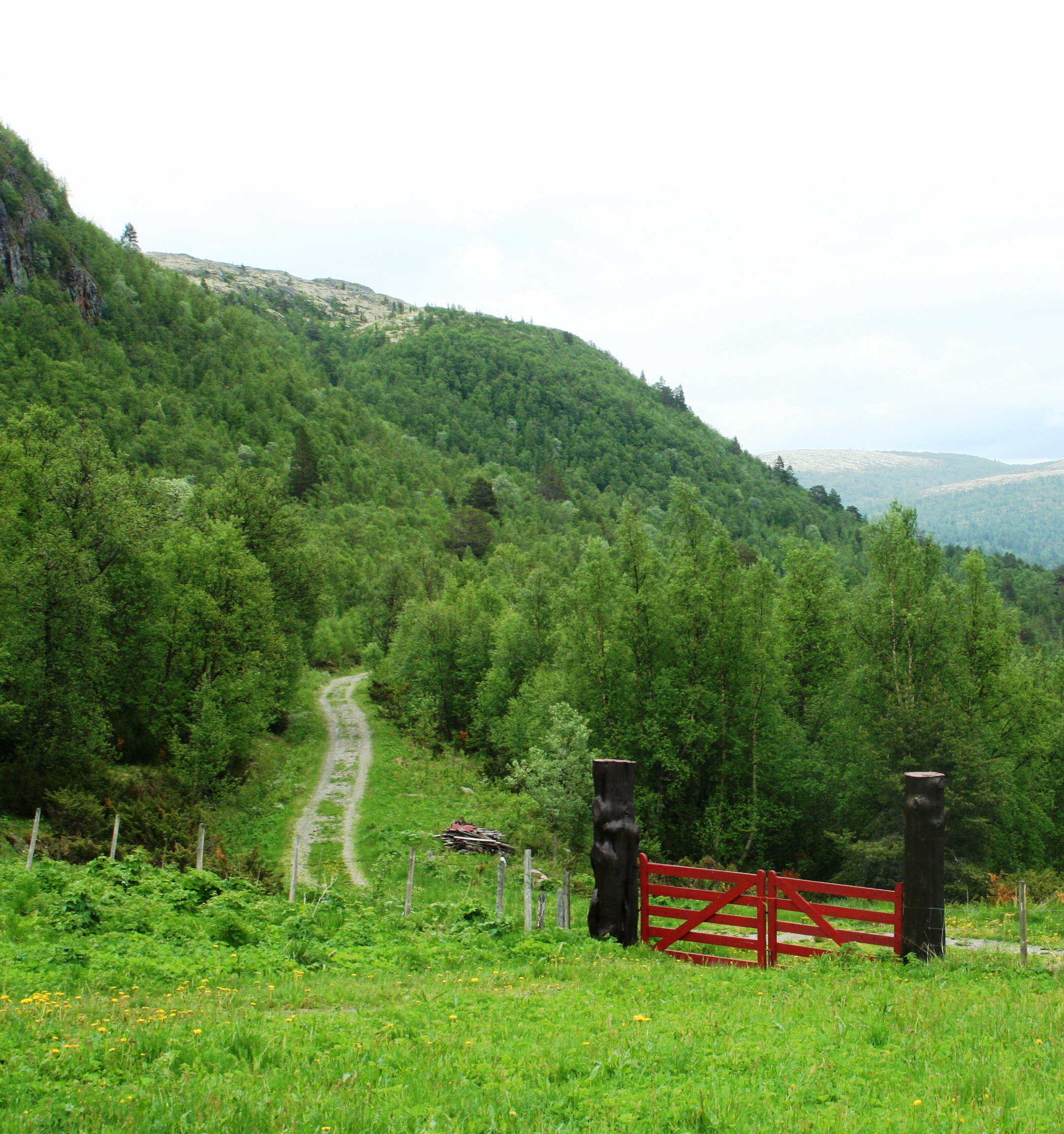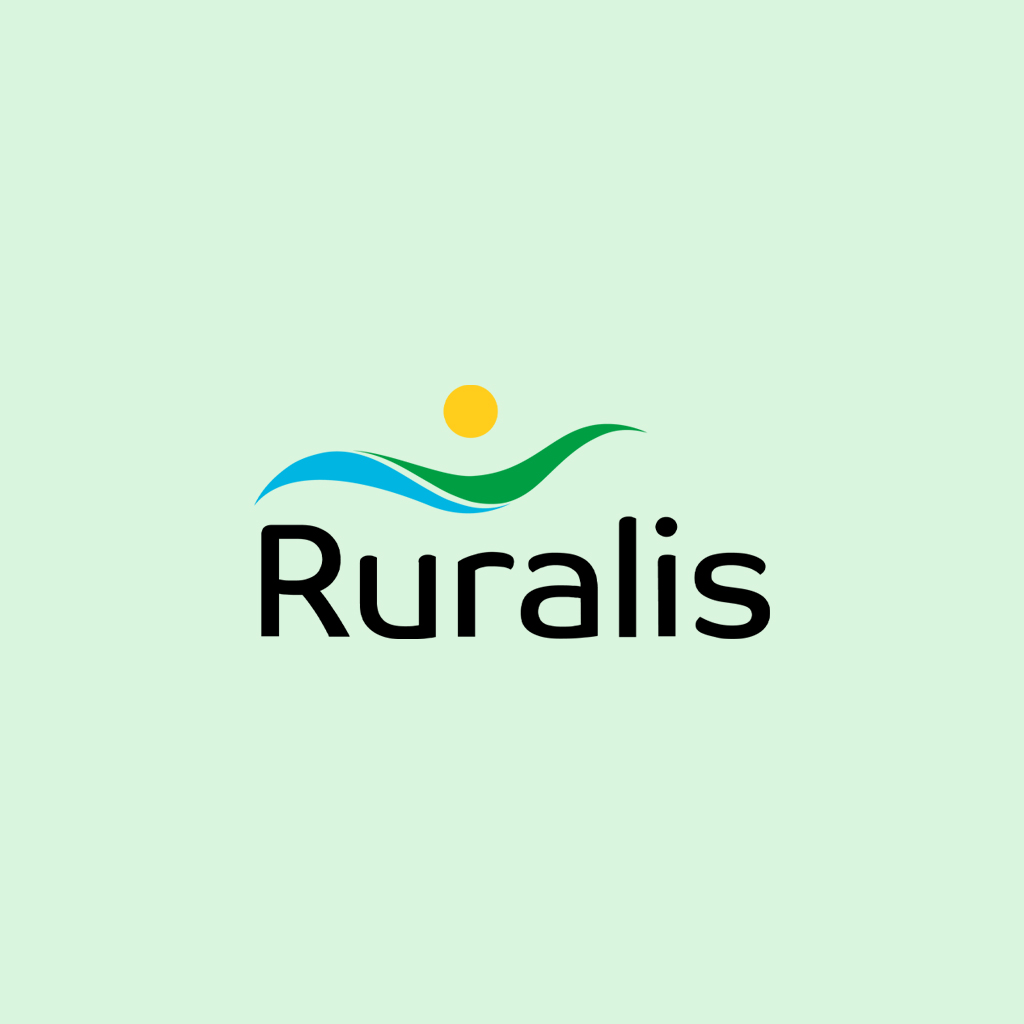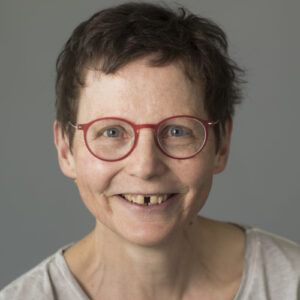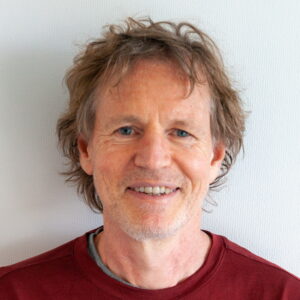Transformation of recent forest on abandoned agricultural land for the benefit of biodiversity, ecosystem services and green solutions

Land use has historically led to a steep decline of temperate deciduous forest, a habitat of outstanding importance for biodiversity that presently covers only a fraction of its former distribution area in Europe. However, the total area and volume of temperate deciduous trees are now increasing, mainly due to encroachment of agricultural and pastoral land. The recent, often mixed, forests pose both problems and possibilities for biodiversity
conservation, opening for novel solutions with the potential to counteract multiple pressures. Canopy closure by spruce succession, introduced forest pathogens and excessive browsing by deer may interact to decrease biodiversity and ecosystem services associated with (semi-) open habitats, such as pollination. By field experiments, we aim to test if negative effects can be countered by a novel forestry pract ice that may enhance the level of ecosystem services, while improving the conditions for threatened biodiversity, and to test its technical and economic feasibility. To identify sustainable management we will analyze the social, economic and environmental impacts for different actors. Further, we will analyze the policy opportunities and potential to govern the development of abandoned agricultural land towards semi-open temperate deciduous forest while
balancing conservation objectives, climate mitigation targets, energy production from renewable sources, and impacts for local communities. This approach can offer a valuable supplement/alternative to the Climate Forest program, a Norwegian policy implying cultivation of dense well-stocked spruce forest within the range of temperate deciduous forest. We will compare effectiveness of our restored forest to alternative land uses in
terms of achievement of multiple goals, with particular focus on biodiversity, carbon sequestration and storage, and recreation. Our studies will be performed in south Norway and Sweden, with cooperation of a team of leading international scientists.
Project details
Contact persons
External project coordinator
Project number
TRANSFOREST
Project period
22/03/2016 - 22/03/2020
Contact us
Would you like to get in touch with us?
Fill in the form below and we will answer you as soon as possible.



